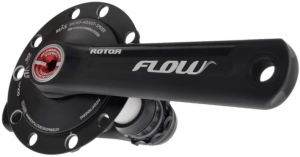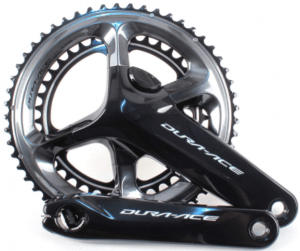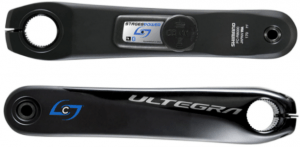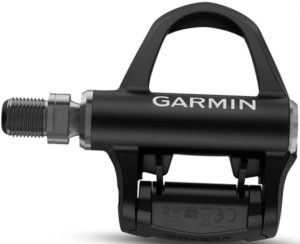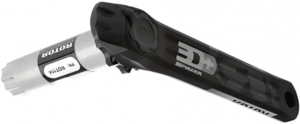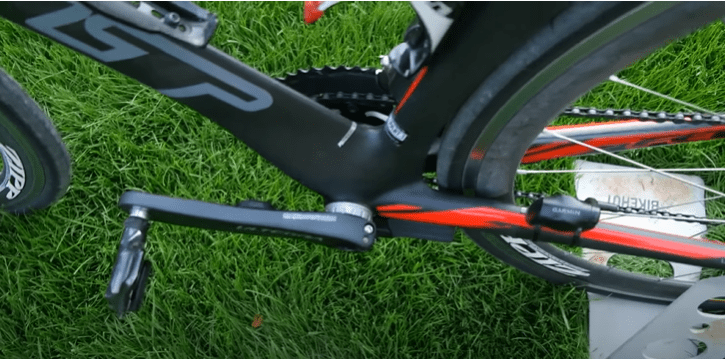

THE TOP
FIVE
To achieve success in cycling, innovation plays a critical role. It is important to have access to the latest technology in both bicycles and accessories, as well as having top-performing athletes.
In order to perform at their best, athletes must ride bikes that are designed to provide training advantages and optimize their conditions. This requires the use of innovative gear, including power meters.
Power meters are an essential tool for accurately measuring the amount of energy expended during a ride. While professional cyclists commonly use power meters, they may not be suitable for everyone due to their limitations.
Power meters enable cyclists to quantify, control and adjust their watts in real-time, with the data displayed on a device that can be easily installed on their bike.
There are numerous potentiometers available in the market. We have highlighted some of them below, but there are many more with unique features beyond what can be described here.
One of the most popular power meters on the market is the Rotor INpower Flow MAS. It utilizes ANT+ technology, allowing cyclists to track power metrics while pedaling.
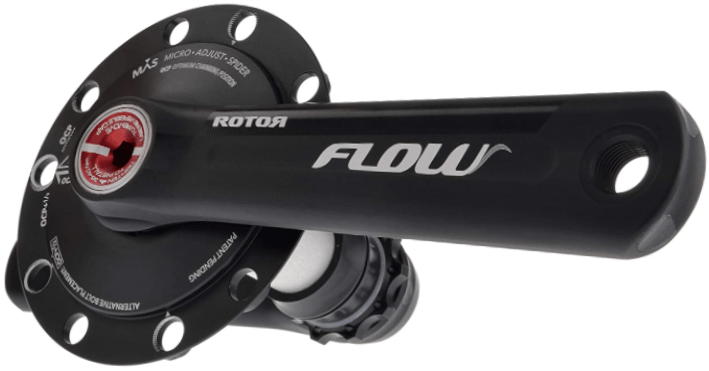

This power meter allows riders to record their data in a digital format, which can be easily uploaded and shared online with others. The internal circuit is safely concealed within the bike axle, protecting the INpower system from shocks and giving the bike an elegant appearance.
With real-time data transfer, notifications are activated as soon as you start pedaling. Interestingly, the battery is activated only when the system is in motion, located on the pedal axis as a small start sensor. This model uses AA batteries and also offers the option of using rechargeable batteries of the same size.
The INpower system features a sleek and modern design, with all components housed in one package. This gives the bike a unique and eye-catching appearance not found in other models on the market. The INpower technology is compatible with a wide range of cranks, including 30mm rotor cranks, making it an ideal choice for mountain race riders.
PROS
CONS
What is the key to providing cyclists with good control and effective training? The answer lies in integrating a power measurement system with ANT+ and Bluetooth connectivity.


Shimano has incorporated these systems into their chainrings and cranks, utilizing cutting-edge technology to monitor athlete performance. This tool provides a more precise way to measure power output compared to other meters.
The Shimano model comes equipped with a controller that can be connected to Bluetooth and ANT+ technology, delivering real-time information. This feature also allows users to share and install data on other technological devices, providing better control and analysis.
This model accurately measures power output, regardless of the weather conditions. Shimano has conducted numerous experiments to ensure its functionality, making it waterproof with an accuracy of +/- 2%. While these characteristics are important, the following features are particularly noteworthy.
PROS
CONS
The Ultegra R8000 by the G3 L brand is one of the most powerful power meters available in the market today, known for its ability to power through any mountain or sprint. It has been tested by cyclists in major international competitions, including the Tour de France, with some of them winning championships.
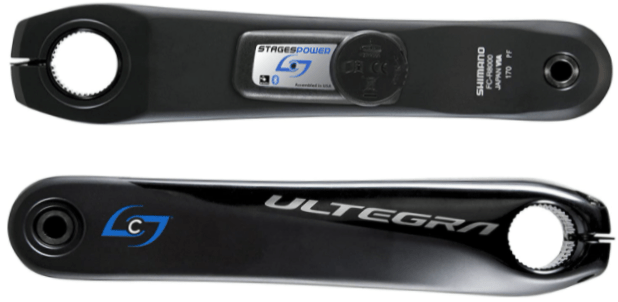

This power meter is compatible with all Shimano transmissions, making it a popular choice among high-performance athletes.
The accuracy of the Ultegra R8000 is another attractive feature, with a reading accuracy of +/- 1.5%. This precise reading makes it one of the best power meters in the market.
The endorsement of this power meter by top athletes speaks volumes about its engineering and design. It is specifically designed to withstand climate changes and can be used in any location.
One unique feature of the Ultegra R8000 is its program that safeguards and saves training or competition progress. It also comes equipped with a gyroscope and accelerometer, along with the strongest battery in the market, making it an excellent investment.
PROS
CONS
The 4iiii power meter is a versatile tool that can be used not only by cyclists but also by runners and triathletes. Its lightweight design and accurate power measurement make it a popular choice among professional athletes.


The precise gauge of this power meter is particularly important for athletes who want to monitor their performance closely, both during training and competitions. Its compatibility with Shimano 4iiii also allows for maximum performance control during training.
This power meter’s high accuracy has earned it recognition in the world of sports and has even received awards on the World Tour. It can be installed on compatible cranks and comes with options for double-sided precision or Pro precision, making it a perfect tool for athletes looking for accurate and reliable power measurement.
PROS
CONS
Installing the Garmin Vector 3 pedals is surprisingly easy, regardless of your high-end bicycle model. These power meters use one of the most competitive systems in the market, and the internal housing of the power meter makes it an excellent product.
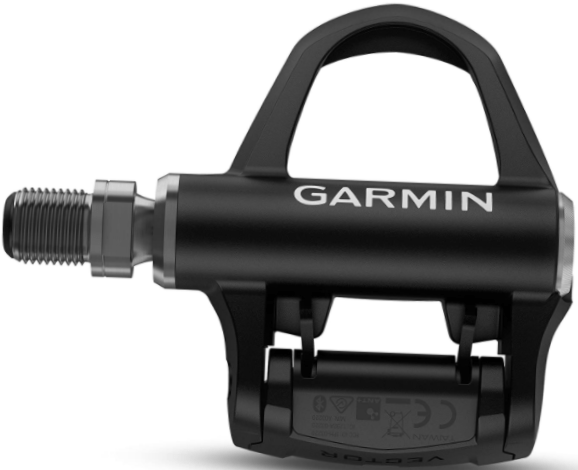

Programming the dual sensor connection activation is straightforward, with measurement settings that record data individually for left and right pedals. Additionally, the platform is elegant, light, and totally safe, while the battery is easy to replace.
The Garmin Vector 3 pedals are among the best power meters on the market. Installing them is as simple as assembling any other pedal, and the sensor is already pre-configured.
While it is currently only compatible with the Garmin ecosystem, future versions are likely to be compatible with other accessories from other brands.
PROS
CONS
The Rotor INpower power meter offers a variety of versions to meet the needs of even the most demanding cyclists. This power meter is recognized for its sturdy, precise, and lightweight design.


The technology incorporated into the Rotor INpower is also noteworthy. The rechargeable Li-ion battery, which has a lifespan of 250 hours, comes with a USB key. The Bluetooth connection and ANT + 2.4 GHz remain stable during movement, and the power meter weighs 596g without the plate.
This combination of features makes the Rotor INpower a compelling choice that is available at an affordable price. However, its only limitation is its location on the left side, which can make capturing sprints effectively a bit challenging.
The Rotor INpower model is only compatible with 30mm shafts, but it also expands the possibility of using endorsed or round-type spider plates. The sensors and circuits are internally placed on the shaft, increasing the product’s lifespan and preventing damage to data transmission due to external factors such as weather conditions.
PROS
CONS
BEST POWER METER Buying Guide
A power meter, also known as a potentiometer, is an electronic device that can be installed in specific parts of a bicycle to measure the power output of a cyclist. These devices use tension meters that measure the voltage generated in the pedals when force is applied to the transmission of the bike. By combining this voltage with the angular velocity, the power output in watts can be calculated.
Power meters are useful tools for monitoring and maximizing your performance during training. The best power meter for you will depend on your needs and budget. You may choose to install the power meter in a location that suits your preferences, and if you have multiple bikes, you can try out different power meters on each of them.
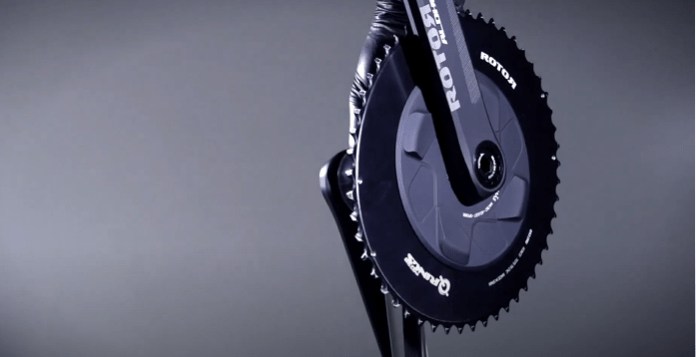

The market for power meters has become increasingly competitive, offering a wide variety of models that can be placed in various parts of the bicycle. Each meter has its advantages and disadvantages based on its location, accuracy, and price.
Hub-based systems such as the Power Tap G3 are simple power meters that operate with less detailed data on the meter. The hub is considered an accurate location for measuring power by many engineers.
This type of power meter measures the excess force within the transmission cycle, resulting in a slightly lower power measurement compared to pedal-based power meters. Dirty drive chains may also affect accuracy.
Chainring power meters provide the most accurate power measurements, but they lack the ability to swap between bikes like pedal-based systems. They also do not accurately measure left/right power. However, these issues can be mitigated with a bottom bracket sensor and compatibility when switching bikes.
Crank-based systems like the Garmin Vector allow for easy switching between bikes and generate individual records for each bike.
Pedal-based power meters can be easily adjusted and swapped between bikes, but the complexity in measuring force can affect accuracy. They are also more susceptible to damage when exposed, which may shorten their useful life.
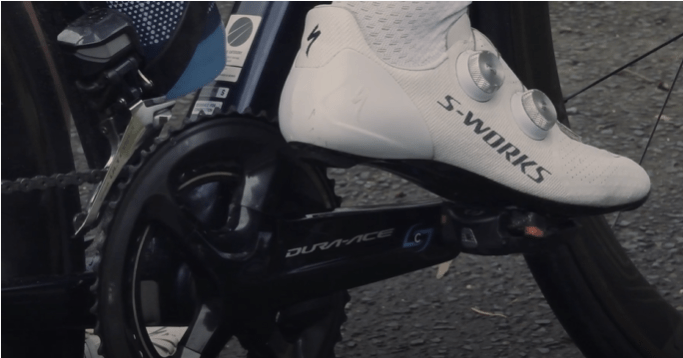

The concept of power can be explained by the study of physics. When an object (mass) is displaced, it creates a force that moves a distance in a given time. The resulting power is calculated by electronic circuits that convert this energy into watts, providing data in the power meter. In simple terms, the mass is the rider plus the bike, and the distance is the road traveled.
However, the resistance to movement is not consistent, making it more complicated. The equation for power is Force x Speed = Power, which is applied to a specific part of the bicycle such as the axle, crank or pedal.
Manufacturers face challenges in accurately measuring this force, as small details can affect the results. The location of the meter, the quality of technology, and even the resistance to temperature can impact the measurements. Therefore, it is important to consider these factors when choosing a power meter for cycling.
Single-sided power meters are a type of device that measures the power output of only one leg, typically the left one, and then estimates the total power by doubling the reading. However, this method of doubling the power output of a single leg may not always provide a completely accurate representation of your actual power output.
It is important to note that imbalances in power output between the left and right legs are common, with a difference of around 48/52%. Therefore, before investing in a single-sided power meter due to its lower price point, it is recommended to check for significant imbalances in your power output.
These devices calculate power output by combining the power from both legs instead of measuring each leg independently. While accurate, they don’t provide separate measurements for each leg. A popular example of this type of power meter is the PowerTap.
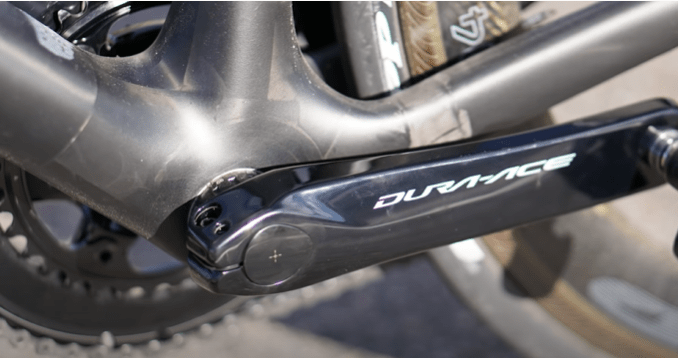

When talking about power meters, we must mention the most advanced and pricey models on the market. These meters have sensors in various locations, including the pedals and some even have them on the cranks.
Pedal power meters are useful for assessing whether you’re getting stronger or putting in more effort than your weaker leg. They can also help you improve your pedaling technique and track your progress during the recovery period after an injury.
The latest trend in power meters is wireless connectivity with smartphones, allowing data to be recorded through an app. New models are equipped with smart Bluetooth connectivity, enabling easy connection with phones or firmware updates.
In addition, some power meters can transmit via ANT+, allowing connection with popular cycle computer systems, such as Garmin. If you’re interested in learning more, check out our article on the best cycling computers currently available on the market.
Accurately measuring power data can provide specific performance requirements for a particular discipline or competition. It allows for more objective training that fits an individual’s needs.
As a cyclist, monitoring speed during each ride can be beneficial. While heart rate monitors provide some information, knowing one’s power output offers a quantitative and repeatable way to evaluate training effectiveness.
For instance, if it takes longer to finish a training route but power numbers are up and heart rate is stable, it indicates that the training is working. On the other hand, power data can also indicate when it’s time to rest. An abnormally high heart rate or reaching a particular power level might suggest it’s time to cut the ride short and head home.
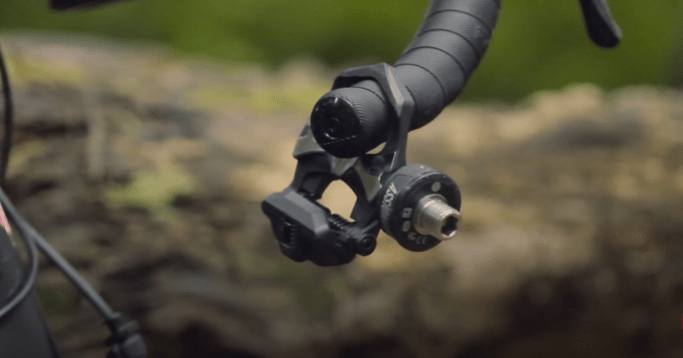

Investing in accessories for your bicycle is not limited to just professionals. Engaging in physical activity such as cycling is beneficial for your health, and having the ability to monitor your progress is an added bonus.
In this regard, we believe it is important to provide you with a detailed list of pros and cons:
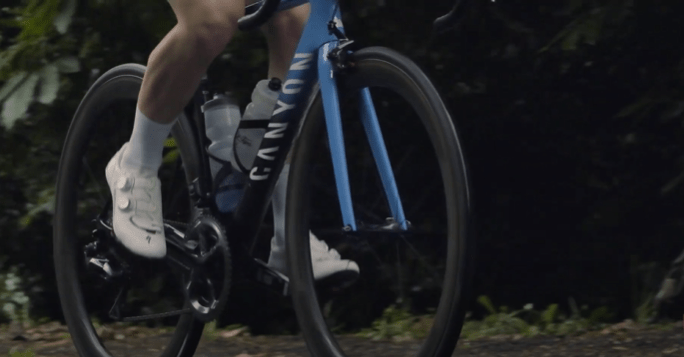

To track your progress in training and competitions, it’s essential to use a power meter on your bike. By knowing your threshold, you can determine your capabilities during a certain period, which will enable you to gauge your speed and endurance.
Comparing your performance to previous years can help you evaluate your progress accurately and ensure that you are making the most of your training. While external factors such as weather conditions and road surfaces may affect your race time, knowing your pace can give you an edge over your competitors.
Keep in mind that external factors can also affect power readings, as heart rate is influenced by various factors. Regular calibration of your power meter is essential to ensure accurate readings.
To increase your endurance, start gradually and work towards longer distances. However, it’s crucial to rest on designated days, even if your power meter suggests otherwise. Always listen to your body and take breaks when necessary.
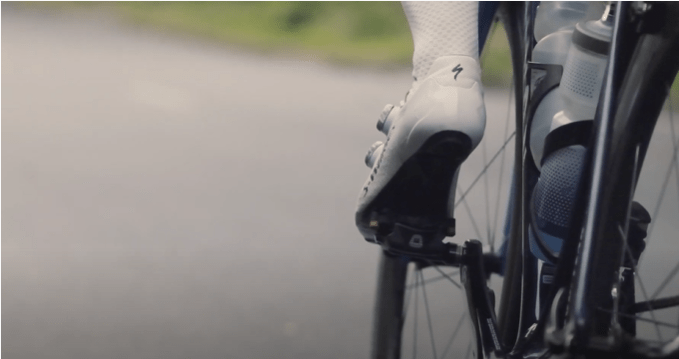

In terms of pricing, bicycle power meters vary depending on the technology used and the location where it will be placed. Here are the different categories and their price ranges:
Why Is A Power Meter Important for Cyclists?
A power meter is an essential tool for measuring physical fitness for athletes, and it is also used to measure torque or force output from engines in various applications.
What Should I Consider When Buying A Power Meter?
When purchasing a power meter, it is essential to consider its connectivity and whether it measures leg power individually.
Which Power Meter is Suitable for My Bike?
The type of bike and whether it is used for displacement circuits or mountain terrain will determine the best power meter. It is recommended to choose a power meter that fits your needs and is of high quality.
How Do I Train with a Bike Power Meter?
Using a power meter correctly can give you an advantage during training and on race day. Analyzing the data after each workout is crucial to adjust your training goals and improve your cycling performance.
How Does Heart Rate Affect Power Meters?
An athlete’s physical condition, including their resistance capacity and breathing cycles, can significantly impact the execution of the activity they carry out. If the body adapts to the physical demands of cycling, the heart rate will remain stable. However, factors such as dehydration, muscle fatigue, and tiredness can affect the movement and the power meter’s readings.
How Do I Get Started with a Power Meter?
It is best to take a physical condition test when starting to develop your cycling routes with a power meter. The functional threshold power (FTP) test is an excellent way to check your fitness and establish your training zones.
How Do I Establish a Training Plan with a Power Meter?
A training plan should balance hard training duration and recovery time. Using a power meter in short intervals can help athletes train more effectively, and tracking power and heart rate data during workouts can help monitor aerobic conditions and efficiency.
What Are Power Meters?
Power meters are instruments that measure power density, energy consumption, current and AC voltage, resistance, and frequency in various applications.
How Do You Measure Power on a Bicycle?
In cycling, power is equivalent to multiplying the torque on the pedals by the cadence. Dividing this data by the cyclist’s weight gives relative power or watts per kilo.
What Is a Power Meter for Mountain Bikes?
A power meter for mountain bikes measures the power developed on a meter in the cranks, pedals, hub, or other components of the bicycle.
What Are Cranks with a Power Meter?
Crank-based power meters are a reliable and easy-to-install solution for measuring bike power, with a wide range of brands and models available on the market.

